Gurus of virtual worlds statistics, KZero, have released their second quarter 2011 info on virtual worlds. Estimated registered virtual worlds accounts now sits at 1.399 billion, up from 1.185 billion in the first quarter of this year:
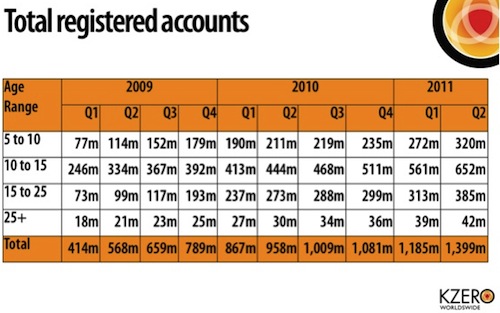
If you’d like to see the whole shebang, you can view the Slideshare presentation right here:
One thing’s for certain, a lot of industries would wish they had this sort of growth trajectory. What I’m waiting (and hoping) for is a spike in the adult space that matches the kid space.


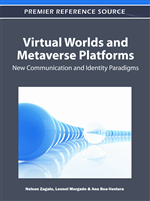
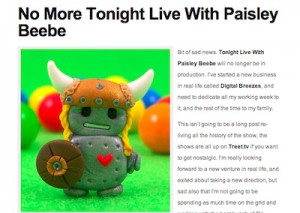



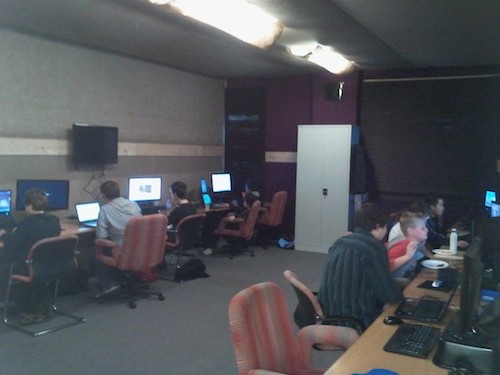
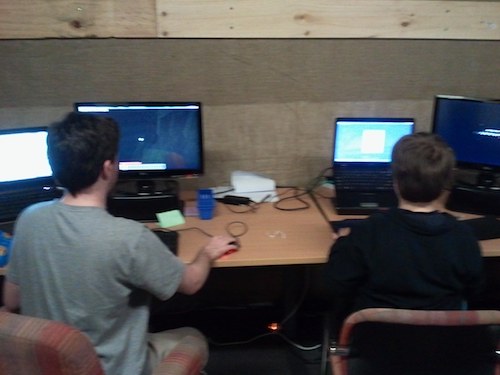

Recent Comments